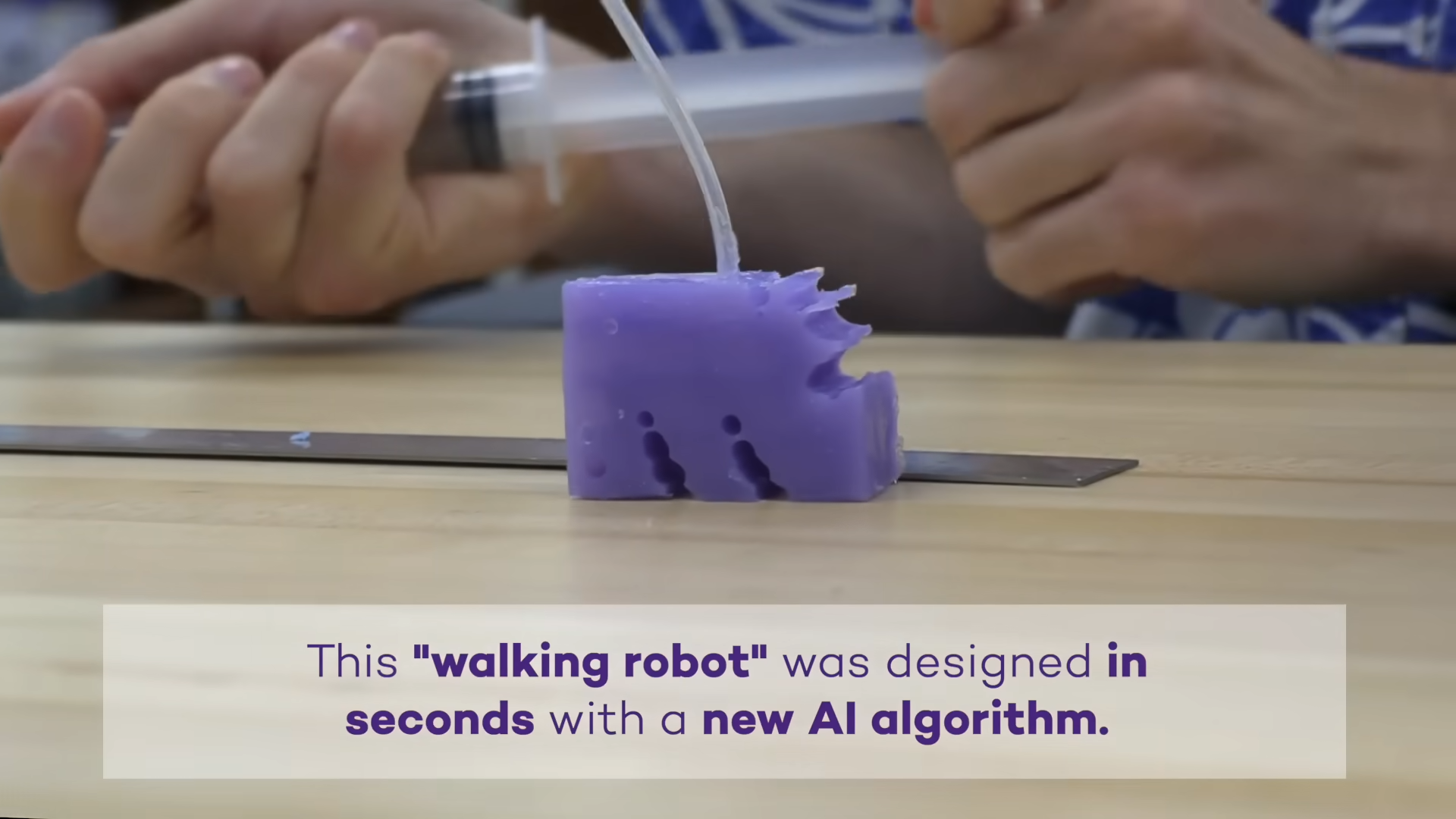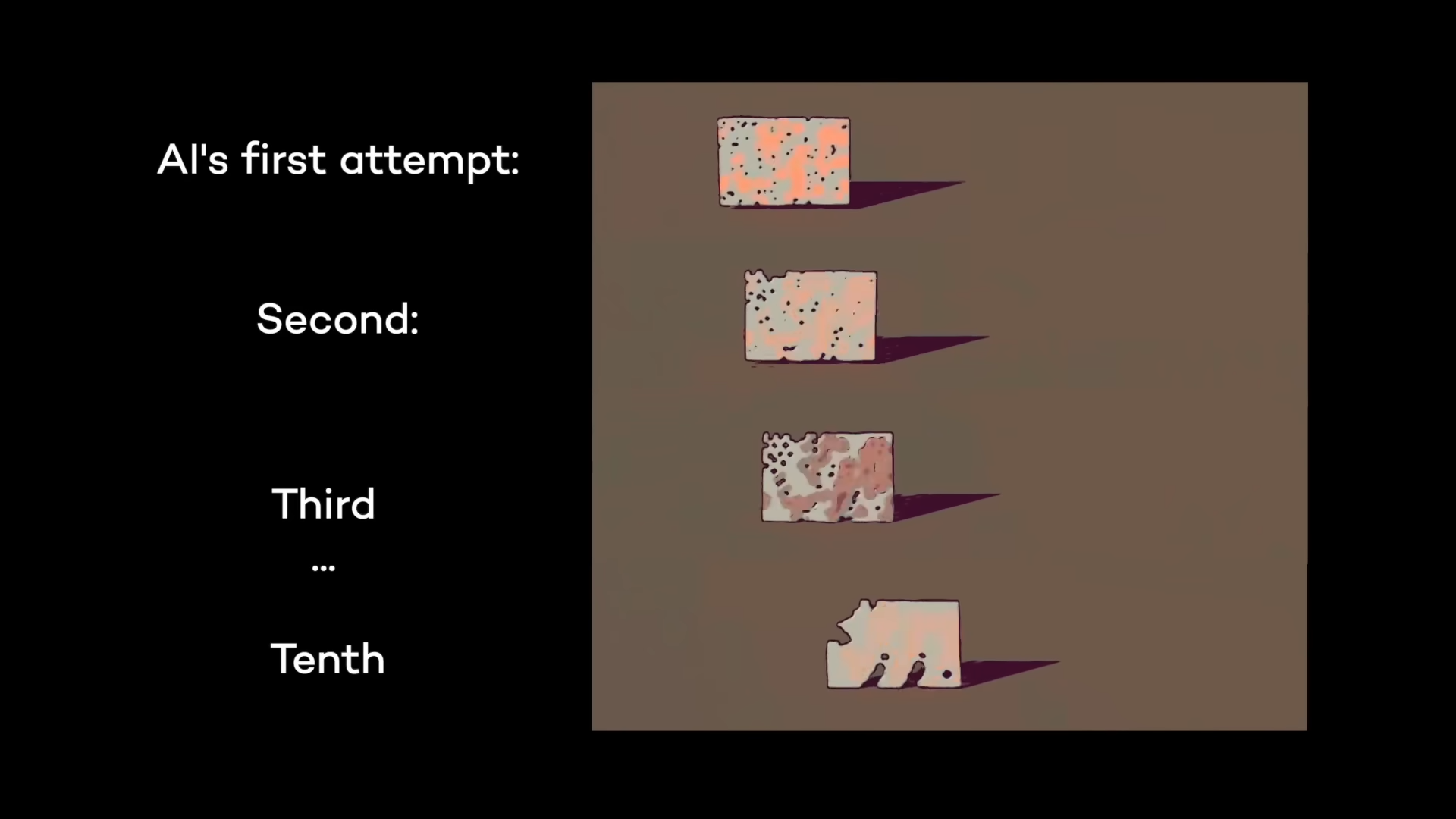University Builds Robot-Designing AI, Churns Out Designs in Seconds

According to The Robot Report, a team of researchers led by Northwestern University has developed an AI algorithm that can design functioning robots from scratch. At its full potential, the team hopes its AI program can help build new creations in the future that humans have never even considered.
The researchers didn't share many details about how the program works, except that it is similar to ChatGPT in that it functions based on prompts (or questions) by users. To start, the team asked the program to design a physical machine capable of walking on land and didn't ask the program anything more, allowing it to evaluate its work and adjust the design without further human input.

Twenty-six seconds and 10 attempted designs later, the AI was able to successfully create a 3D-printable blueprint of a robot that could walk using "air muscles" to move the legs. According to the research team, the AI-designed robot was able to walk at a speed of half of its body length per second.
The AI designed the robot with three distinct legs that move by themselves whenever air is injected into the robot's body. On the inside, the body of the robot was created with several mysterious-looking holes that are apparently necessary for the robot to function. The researchers don't know exactly why the design includes holes in the body, but they acknowledge that the robot won't function without them.
The robot itself is not spectacular in and of itself, but it demonstrates the potential of Northwestern University's new AI algorithm — which, according to The Robot Report, is able to generate "new" ideas and not just mimic humans' past work.
"It’s interesting because we didn’t tell the AI that a robot should have legs," Sam Kriegman, who led the research, told The Robot Report. "It rediscovered that legs are a good way to move around on land. Legged locomotion is, in fact, the most efficient form of terrestrial movement." Of course, depending on what sources the algorithm drew from, it's likely that asking it to design a robot capable of "walking" would pretty easily imply legs.
This is merely the beginning of the researchers' new AI algorithm. In the future, the team hopes the algorithm will mature and be able to create different types of robots — including things humans couldn't even conceive of — with the right prompts.
Get Tom's Hardware's best news and in-depth reviews, straight to your inbox.

Aaron Klotz is a contributing writer for Tom’s Hardware, covering news related to computer hardware such as CPUs, and graphics cards.
- Sarah Jacobsson PurewalSenior Editor, Peripherals